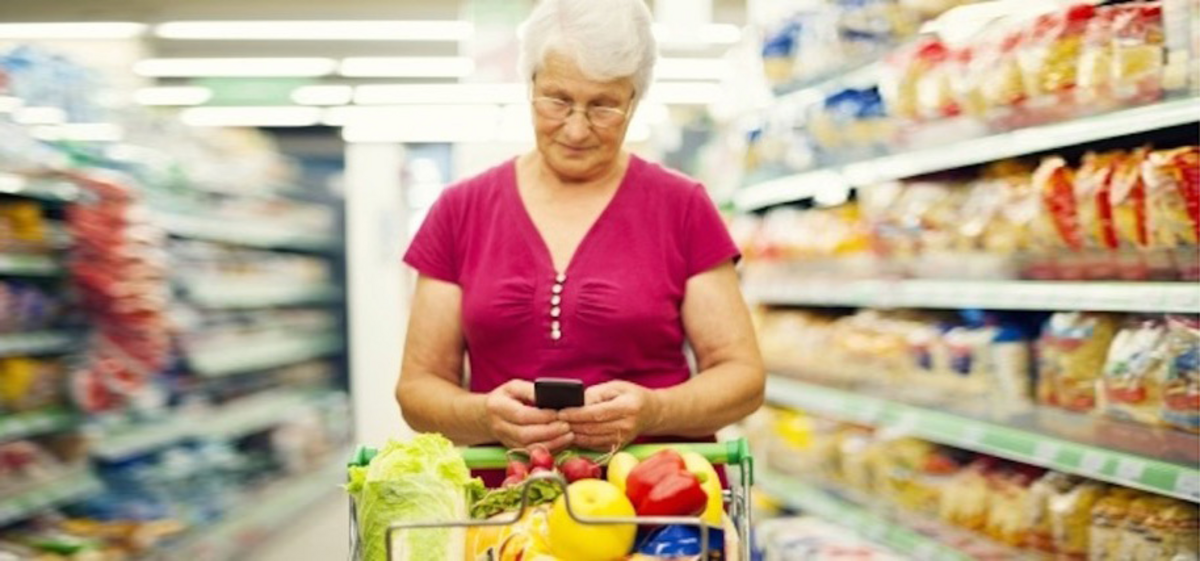The era of Digital has brought about many advantages unknown in previous years. The well-known concept of "Big Data" has become a reality for companies and agencies.
The marketing and communication strategies have changed radically thanks to the central role that the data have taken on. In fact, we tend to talk about "data - driven" strategies, strategies based on an "incremental" logic, so that they can be modified during construction trying to respond to the real needs of the target in question.
The "customer journey" of the consumer can have a much more detailed and above all more receptive profiling of his needs and moods. Consumers today have turned into "prosumer", that is, into "producers / consumers" of content, becoming more informed and demanding.
In this regard, we can cite a research carried out by Nielsen Company on the evolution of consumption habits of Italians: "5 challenges for 5 styles". A migration of 2 million families towards different "lifestyles", for 6.6 billion of expenditure in the GDO.
The research focuses on a socio-demographic and psycho-graphic study of Italian consumers, and how their habits and habits of consumption have radically changed, also due to Digitization.
Five groups of Italian "standard" consumers emerge:
• Traditional: mature families with below average income;
• Silver: mature families with above average income;
• Mainstream: families with young children and below-average income;
• Low Price: young families with below-average spending capacity;
• Golden: they are in the middle age, without children, of which 40% are single, with above average income.
For each range of consumption, the following communication styles were then analyzed: more oriented towards the relational sphere for the Traditional, the Silver gives weight to the assortment of the products and the proximity of the point of sale. The Mainstream tend to react more impulse and give importance to the accessibility of products "greedy", the Low Price instead are more sensitive to price. Finally, the Golden, very careful and precise in choosing an excellent quality of products with a high "added value".
Furthermore, this work shows that in 2017 two main consumer groups emerged: The Golden and the Low Price, both up to 14.7%.
The Golden in their spending habits pay attention to products that belong to the wellness category, without fat or gluten, or high value ethnic products. Low prices are diametrically opposed and give greater weight to the quality / price ratio of products, shopping mainly at discount stores.
Does this analysis make us understand who we really are in front of? The web in this case comes to the rescue by providing detailed data about the "customer journey" of each cluster, but also makes us understand how to dialogue with them?
It is no coincidence that many retailers are increasingly integrating digital and traditional services, with a view to omnichanneling, for example, by providing home shopping services through the App. You can choose from the best supermarkets, decide the time of delivery in pre-established time slots, enter the payment method, always in safety, and have available fresh products chosen with the utmost care. You can receive the shopping in the day, even in an hour! The web is proving to be a means of communication in which to express its consumption needs in an interactive way.
According to the ComScore research, between October and December 2017 German consumers (of whom 89% visited retail sites) spent just under five hours on average on retail sites on all platforms, while the French three hours (84% on retail sites), as well as Italians (84%) and Spaniards (89%). In each of the 5 European nations, more than a third of consumers visit retail sites both mobile and desktop, supporting the thesis that the use of mobile in retail is now almost equal to that of the desktop.
The Nielsen study confirms the Italian trend regarding the thinning of the middle class, and how, given the age of elderly Italian families, it is necessary a "Mainstream 2.0" communicative style able to address consumers with greater "added value”, going to remove the barriers - of cost, but also of taste - that prevent to take action on emerging trends ".
E-Business Consulting digital marketing agency active since 2003 and a company specialized in omnichannel, data mining strategies and enrichment of CRM database information to propose strategies consistent with the reference targets.














